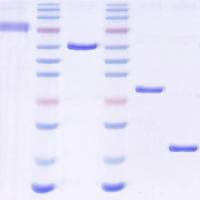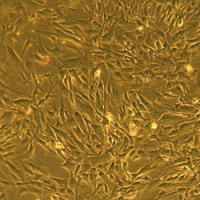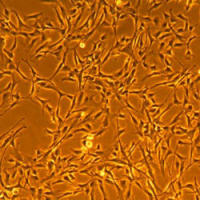Coronary Artery Disease: An Example Case Study
互联网
632
This chapter illustrates various general issues in genetic epidemiology in relation to coronary artery disease (CAD). This is a disease strongly influenced by environmental/lifestyle factors, such as smoking, but with substantial estimated heritability. Researchers aiming to identify susceptibility genes have used several different definitions of CAD, some focusing on the common presentation of myocardial infarction (MI) and others adopting broader criteria, often imposing an upper limit to age at diagnosis to minimise environmental effects. Many candidate gene association studies and a few large genome-wide linkage studies have been conducted, but with limited success. Several heritable quantitative traits are strongly related to risk of CAD (e.g. blood pressure and cholesterol levels), and much research has been focussed on identifying genes that influence these traits. Quantitative traits have the advantage of being measurable on any individual, allowing them to be studied in population-based cohorts. However, they also tend to vary considerably over time, and intra-individual variation needs to be taken into account in analyses. In the last few years, both CAD itself and related quantitative traits have been studied in genome-wide association studies using large sample sizes. Several novel genetic loci influencing CAD have been identified and replicated, in addition to many loci influencing related quantitative traits. However, despite this recent success, only a small fraction of the genetic contribution to risk has been explained.









